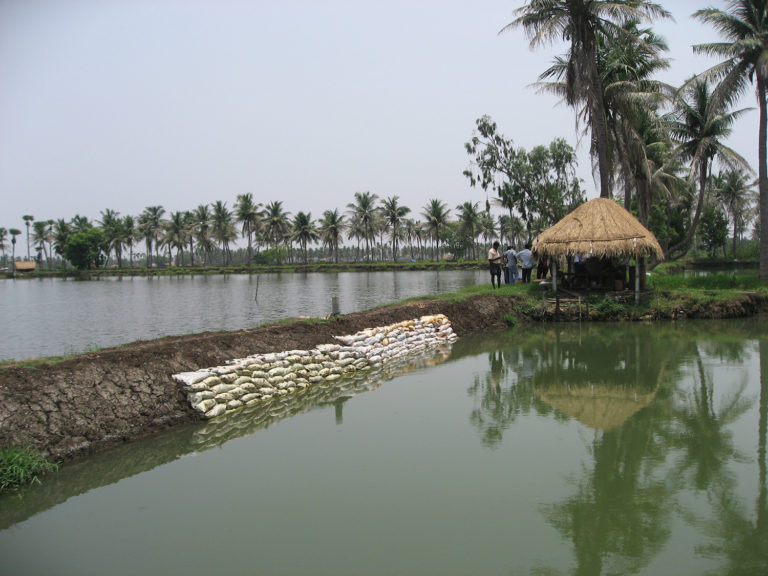
Intelligence
The fish farming industry of India
India is the second-largest producer of farmed freshwater fish with potential for further development as new species and production systems are adopted.
Innovation & Investment
GOAL 22: The Government of Odisha and WorldFish collaborate to boost income and food security in India by teaching women’s groups to raise carp.

Intelligence
India is the second-largest producer of farmed freshwater fish with potential for further development as new species and production systems are adopted.
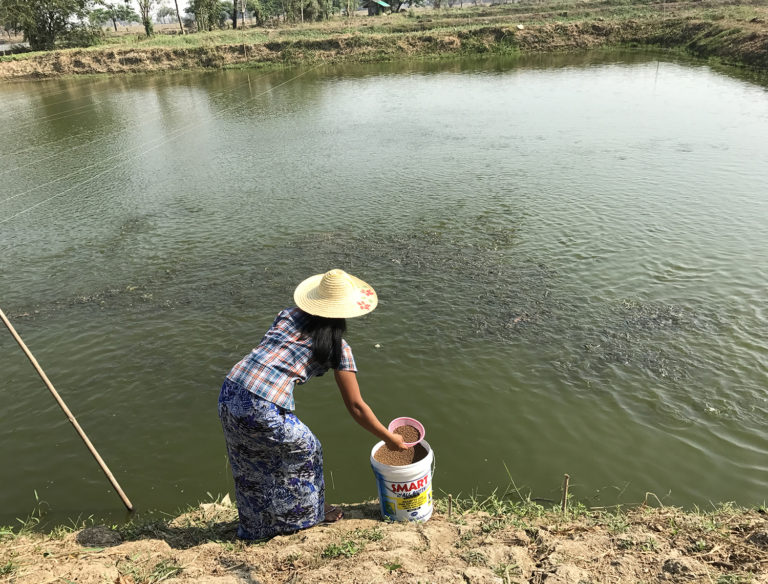
Responsibility
The U.S. Soybean Export Council’s farm demonstrations, farmer education efforts and formulated feeds are boosting tilapia production in rural areas of Myanmar, where indigenous carp are more commonly raised.

Intelligence
Scott Nichols concludes his four-part series about GM foods with a simple question about transgenic animals: Are they truly meeting a need? We need more food and we need better nutrition. Both desires should be achieved without increasing environmental impacts.
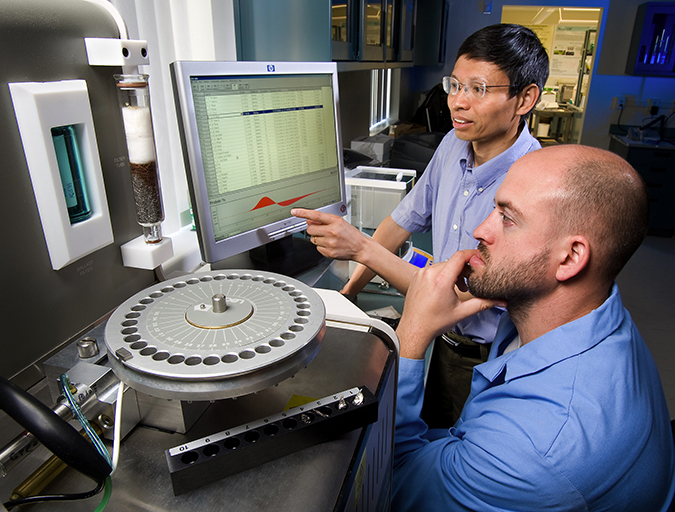
Aquafeeds
What started out as a simple yet ambitious contest to drive innovation in the aquafeed sector has evolved into a fully global competition – and collaboration – amongst ingredient suppliers and feed manufacturers.
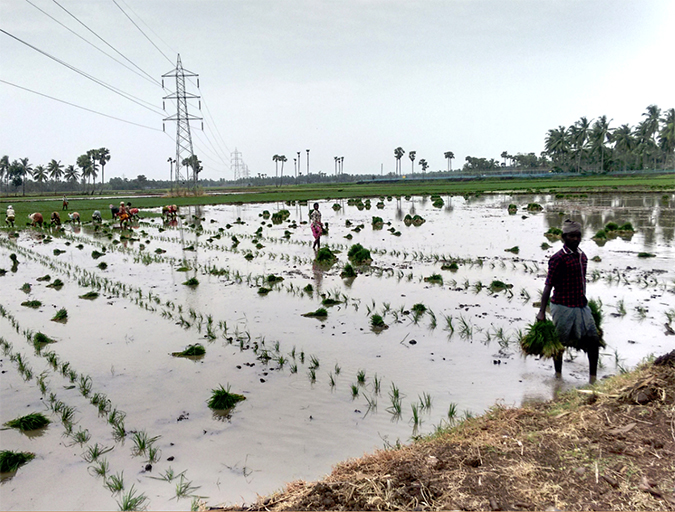
Responsibility
The co-culture of rice and fish, or paddy-cum-fish culture, is a very old practice in many countries around the world, including some of India’s northeastern states, where it is extensively practiced. Various carps and tilapia species can be cultured while efficiently producing larger yields of rice.
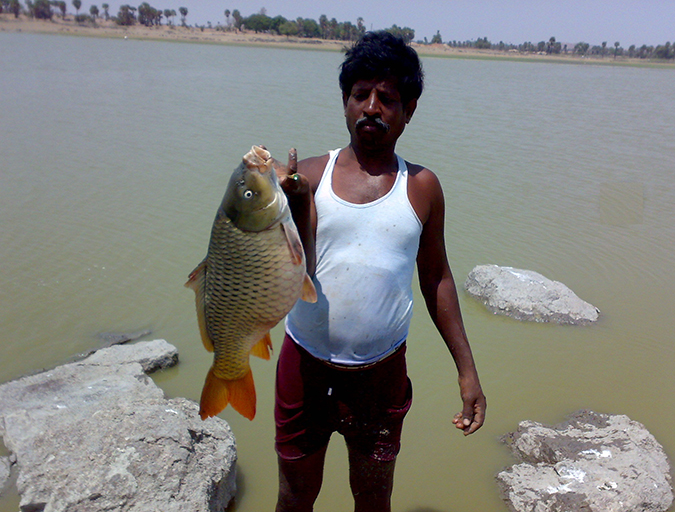
Responsibility
Food security is a priority in India, and there is huge potential for the expanded culture of non-native fish species. While many farmers have improved their socio-economic conditions through farming non-native fish species, their spread into open water resources presents a threat to biodiversity.

Health & Welfare
Cathepsin D alone and in combination with other cathepsins presents the greatest proteolytic activity on some fish muscles.
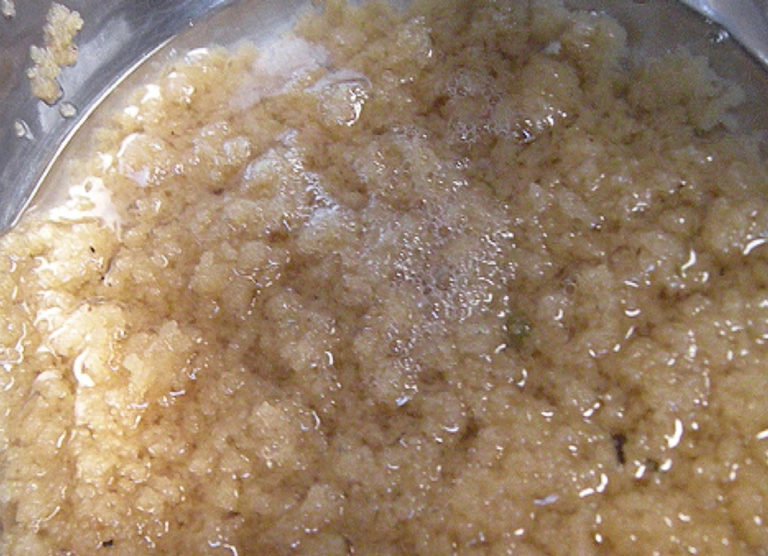
Innovation & Investment
In carp and other freshwater fish, the adhesive substance that covers their eggs can be a barrier to fertilization. In field studies, the author discovered that some soils from Bengal, India, proved effective in removing the adhesive component from eggs.
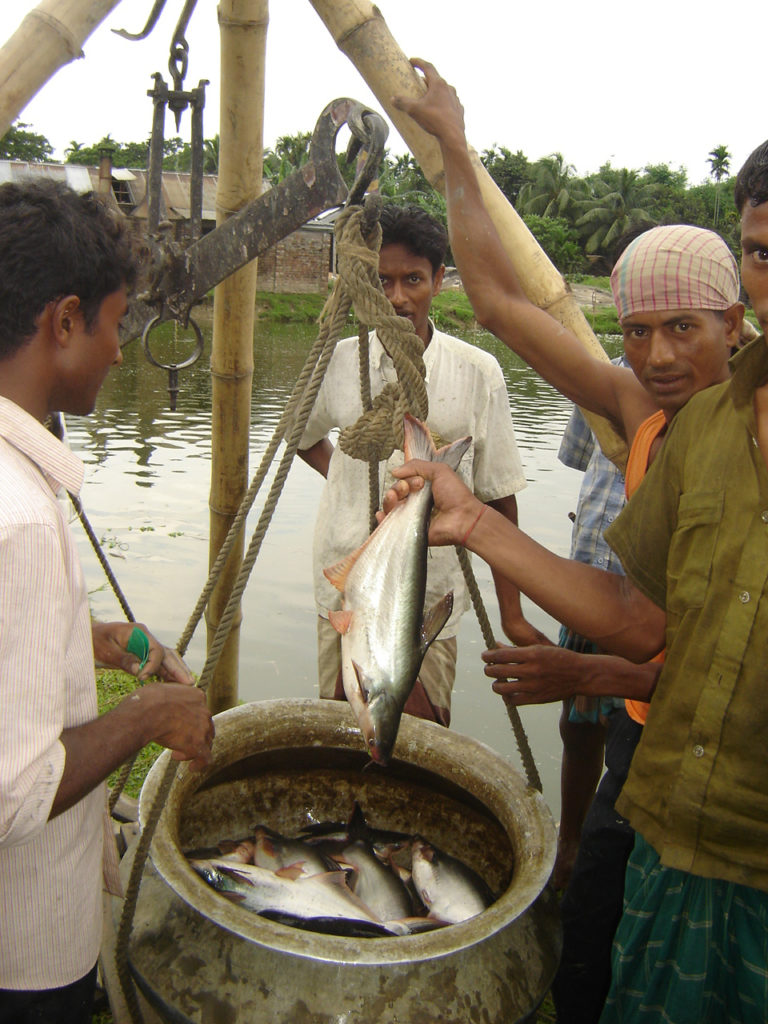
Responsibility
Fish supply is a food security priority in Bangladesh. There is potential for the culture of non-native fish species to meet its growing population's needs.
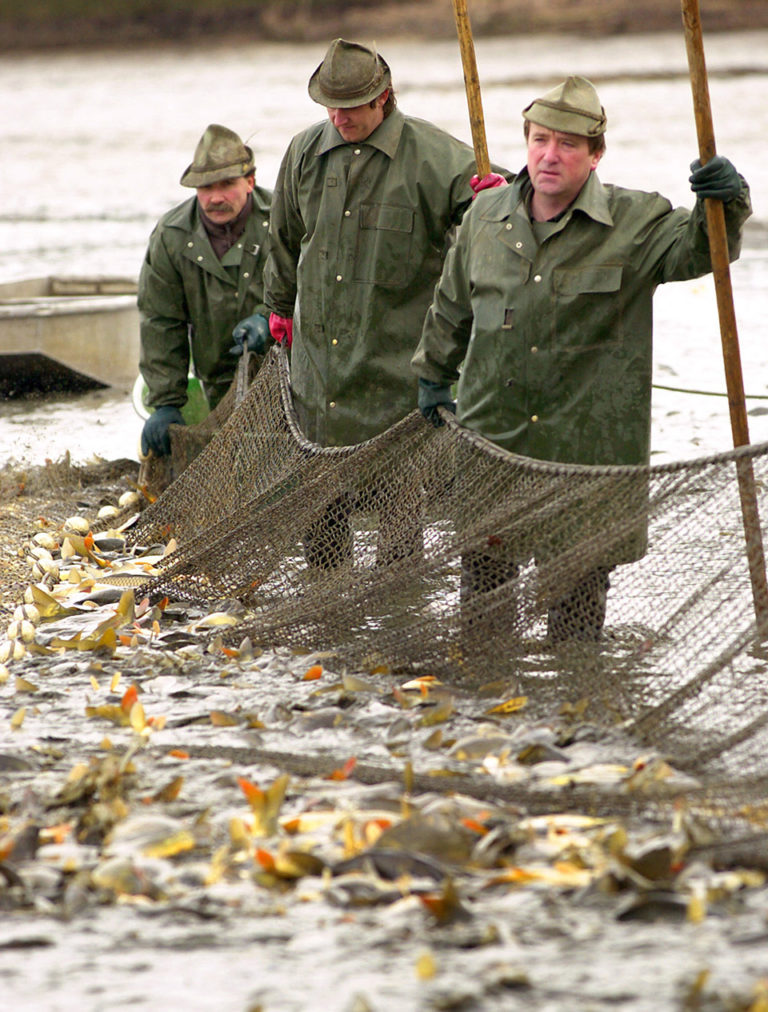
Intelligence
The Czech Republic is one of Europe’s largest fish producers and the world’s fourth-largest producer of freshwater ornamental and aquarium fish.
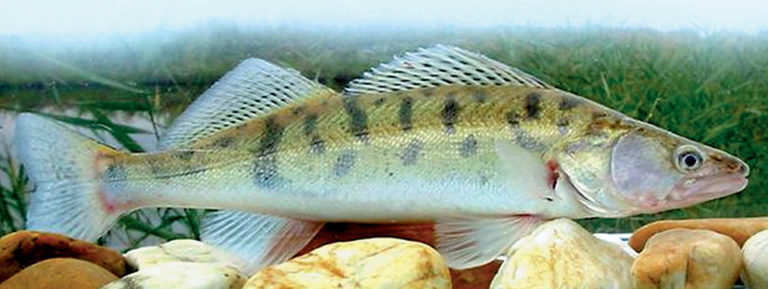
Health & Welfare
Germany produces a limited amount of carp, trout, mussels and other species. Although traditional pond-based farms continue to operate, the country’s aquaculture production is trending toward land-based systems that feature efficient resource use and reduced environmental impacts.
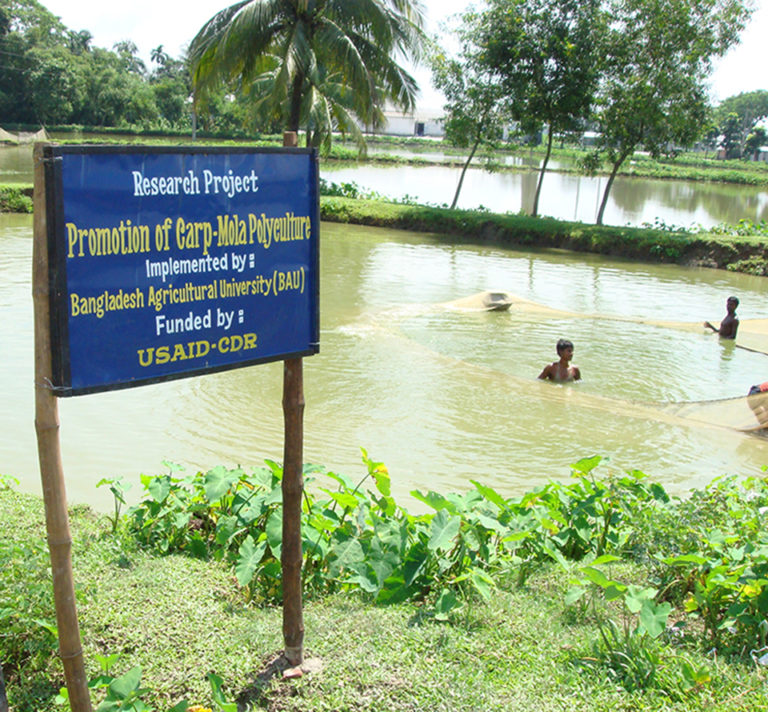
Responsibility
In a study of pond polyculture, manipulation of species composition improved fish yield and corresponding income. Selling the whole production increased income 27 percent.
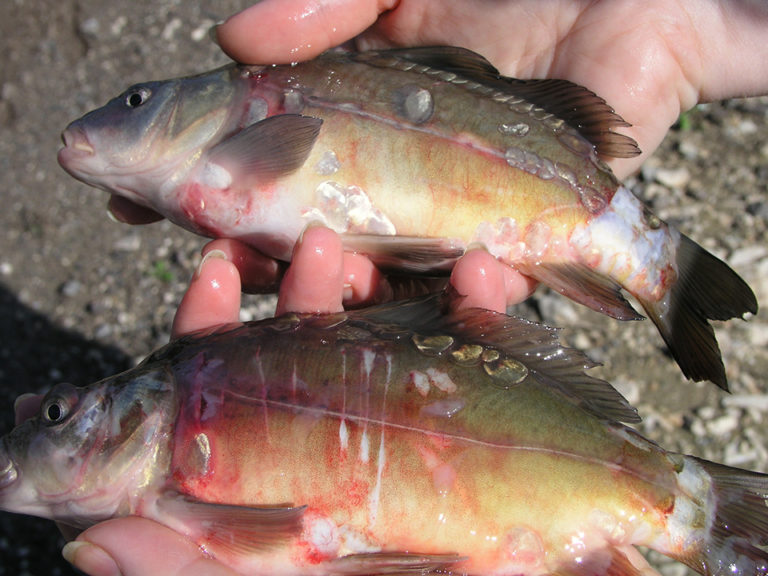
Health & Welfare
Common carp and koi producers around the world have suffered substantial financial losses due to a contagious disease caused by cyprinid herpesvirus-3.
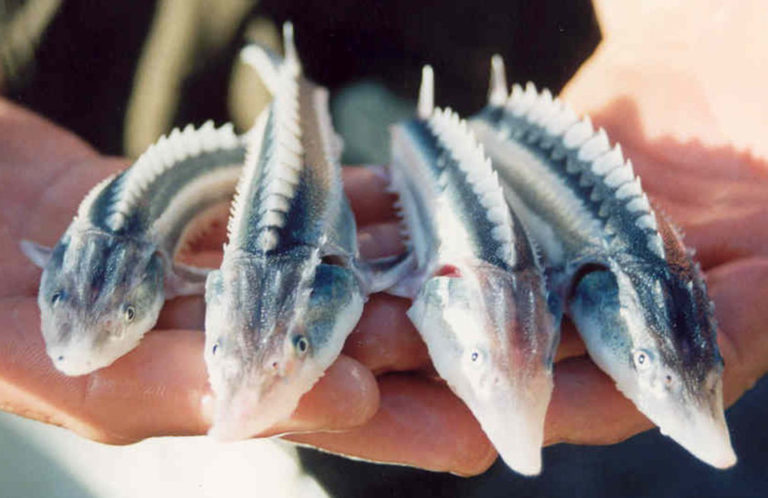
Health & Welfare
Research with sturgeon and carp species indicated that encapsulated artemia has high potential to carry probiotics or other beneficial microorganisms.
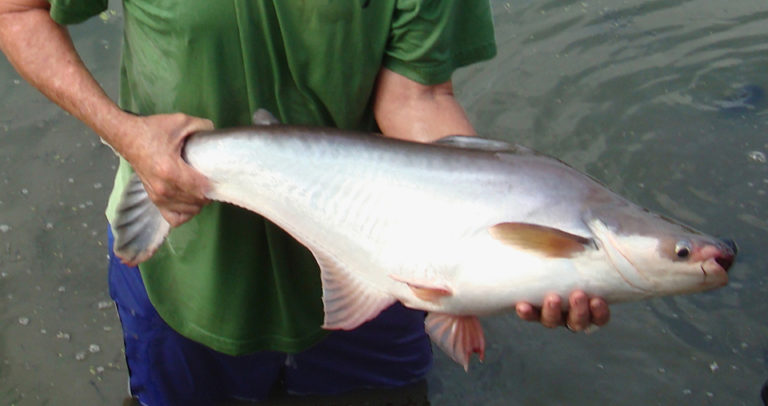
Health & Welfare
Advances in fish hatchery management – particularly in the areas of brood management and induced spawning – have helped establish aquaculture for multiple species.